SOCIAL
Meta’s Acquisition of GIPHY Remains in Question After New UK Court Ruling
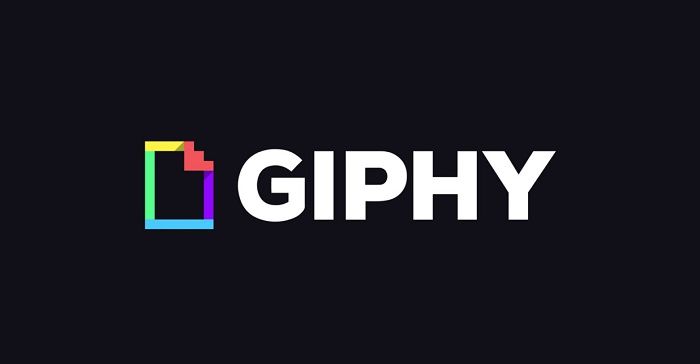
Hey, remember how Meta acquired GIF platform GIPHY back in 2020, then did nothing much at all with the app, and hasn’t really changed or integrated it ever since?
That, at least in part, is because Meta’s acquisition of GIPHY has been challenged in the UK, which has delayed the full scope of its plans for the GIF platform.
As part of a broader antitrust push, the UK competition regulator has sought to force Meta to unwind its $315 million acquisition of GIPHY, due to concerns that the deal would lead to ‘a substantial lessening of competition’ in the UK display ads market.
Which, given that it’s GIPHY we’re talking about, seems like bit of a stretch – but evidently, there is a case to be answered, as this week, a UK court has dismissed Meta’s latest appeal against the legal action, which puts its acquisition of GIPHY on unsteady ground once again.
As reported by The Financial Times:
“The [UK] Competition Appeal Tribunal on Tuesday unanimously dismissed all but one of Meta’s grounds of appeal, concluding that the Competition and Markets Authority had acted rationally when it last year came to the decision that it should sell GIPHY — the biggest provider of animated images known as gifs to social networks.”
The core of the case against Meta’s acquisition comes down to the use of GIFs for advertising, which could expand Meta’s hold on the digital ads market.
GIPHY’s ad options are fairly limited, but it has facilitated brand promotions via GIFs in the past, which, under Meta, could become a global offering, that could become a more significant element in the broader digital ads sphere. It’s not something that would ever likely be on the scale of, say, another social media app or similar, but there is potential for Meta to expand its ad market presence, and that, seemingly, is enough of a justification to block the merger from progressing further, based on this latest finding.
Meta will continue to appeal the case, but its options are becoming more limited, which could, eventually, see it forced to either sell off GIPHY, or remove the app from the UK market, if that’s an option that it would rather pursue.
Though how exactly that might work is also complex, as the issue is with the overall acquisition, which would relate to all markets, not just the UK. But the UK court can’t make global rulings. Essentially, the legal technicalities, in this sense, go beyond my comprehension of international law, but it does seem like Meta could have some other avenues to pursue, before it would have to look at winding back the deal entirely.
In some ways, it seems more like an anti-Meta stance than an anti-competition one – especially when you also consider that Snapchat was allowed to acquire rival GIF platform Gfycat in 2020. The argument that GIFs could form a more significant ad element is questionable, but with Meta turning previous acquisitions WhatsApp and Instagram into huge, dominant platforms in their respective sectors, there’s a level of concern over any platform that Meta buys up, and how that could then expand its already significant market dominance.
Digital advertising takes up 66% of total UK ad spend, with Meta and Google gobbling up the majority of those ad dollars. Given this, you can understand why UK regulators are hesitant to cede any more power in this respect to the US tech giants. And while GIPHY may not ever form a significant part of that overall ad pie, it seems, in some ways, like a line in a sand moment for local competition.
Which essentially means that Meta’s full integration of GIPHY remains on hold, and we have no real way of know what it’s planning, or what it might do next with the app until the legal challenge is sorted out.
That means no new GIF tools in your favorite social media apps – and by the time it’s all sorted out, it may well be that no one cares about GIFs anyway, as we’ll all be flying around in the metaverse, with cartoonish avatars become a more popular option for expression.
Maybe, then, Meta should just wind it back and save the money, though we also don’t know of its full plans for the acquisition, nor the related costs if it has to eventually reverse course.
We now await the next update in the legal process.
SOCIAL
Snapchat Explores New Messaging Retention Feature: A Game-Changer or Risky Move?
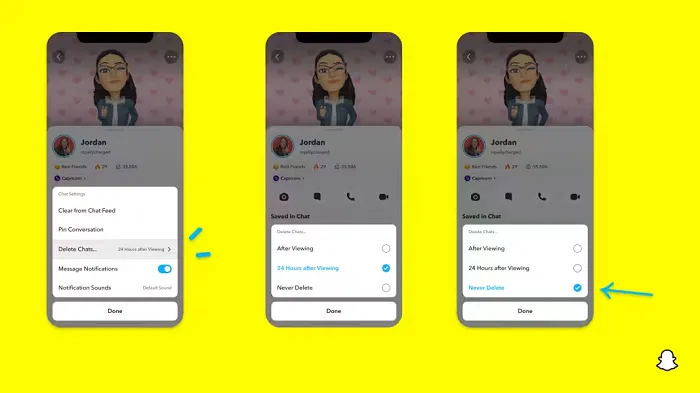
In a recent announcement, Snapchat revealed a groundbreaking update that challenges its traditional design ethos. The platform is experimenting with an option that allows users to defy the 24-hour auto-delete rule, a feature synonymous with Snapchat’s ephemeral messaging model.
The proposed change aims to introduce a “Never delete” option in messaging retention settings, aligning Snapchat more closely with conventional messaging apps. While this move may blur Snapchat’s distinctive selling point, Snap appears convinced of its necessity.
According to Snap, the decision stems from user feedback and a commitment to innovation based on user needs. The company aims to provide greater flexibility and control over conversations, catering to the preferences of its community.
Currently undergoing trials in select markets, the new feature empowers users to adjust retention settings on a conversation-by-conversation basis. Flexibility remains paramount, with participants able to modify settings within chats and receive in-chat notifications to ensure transparency.
Snapchat underscores that the default auto-delete feature will persist, reinforcing its design philosophy centered on ephemerality. However, with the app gaining traction as a primary messaging platform, the option offers users a means to preserve longer chat histories.
The update marks a pivotal moment for Snapchat, renowned for its disappearing message premise, especially popular among younger demographics. Retaining this focus has been pivotal to Snapchat’s identity, but the shift suggests a broader strategy aimed at diversifying its user base.
This strategy may appeal particularly to older demographics, potentially extending Snapchat’s relevance as users age. By emulating features of conventional messaging platforms, Snapchat seeks to enhance its appeal and broaden its reach.
Yet, the introduction of message retention poses questions about Snapchat’s uniqueness. While addressing user demands, the risk of diluting Snapchat’s distinctiveness looms large.
As Snapchat ventures into uncharted territory, the outcome of this experiment remains uncertain. Will message retention propel Snapchat to new heights, or will it compromise the platform’s uniqueness?
Only time will tell.
SOCIAL
Catering to specific audience boosts your business, says accountant turned coach
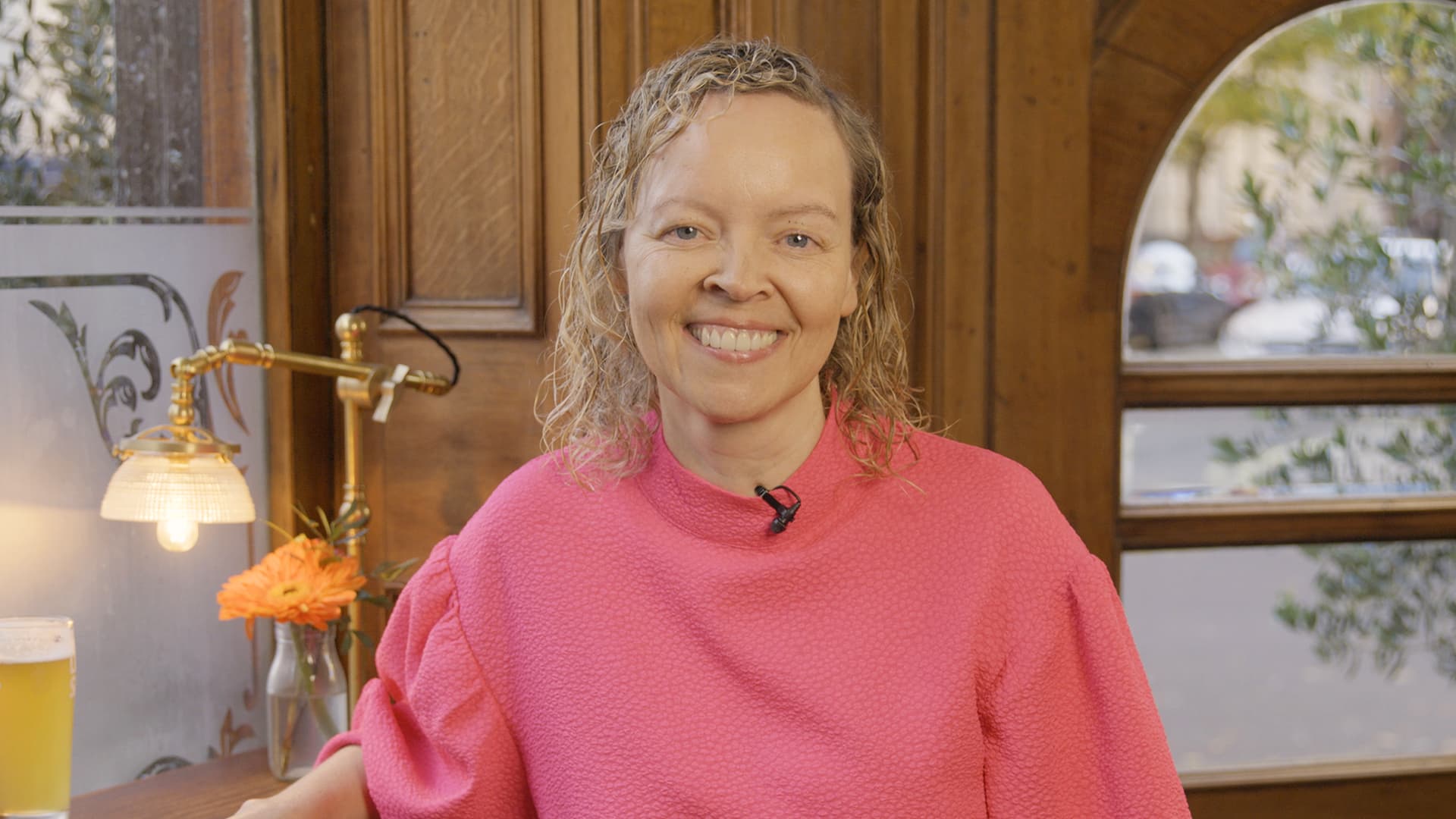
While it is tempting to try to appeal to a broad audience, the founder of alcohol-free coaching service Just the Tonic, Sandra Parker, believes the best thing you can do for your business is focus on your niche. Here’s how she did just that.
When running a business, reaching out to as many clients as possible can be tempting. But it also risks making your marketing “too generic,” warns Sandra Parker, the founder of Just The Tonic Coaching.
“From the very start of my business, I knew exactly who I could help and who I couldn’t,” Parker told My Biggest Lessons.
Parker struggled with alcohol dependence as a young professional. Today, her business targets high-achieving individuals who face challenges similar to those she had early in her career.
“I understand their frustrations, I understand their fears, and I understand their coping mechanisms and the stories they’re telling themselves,” Parker said. “Because of that, I’m able to market very effectively, to speak in a language that they understand, and am able to reach them.”Â
“I believe that it’s really important that you know exactly who your customer or your client is, and you target them, and you resist the temptation to make your marketing too generic to try and reach everyone,” she explained.
“If you speak specifically to your target clients, you will reach them, and I believe that’s the way that you’re going to be more successful.
Watch the video for more of Sandra Parker’s biggest lessons.
SOCIAL
Instagram Tests Live-Stream Games to Enhance Engagement
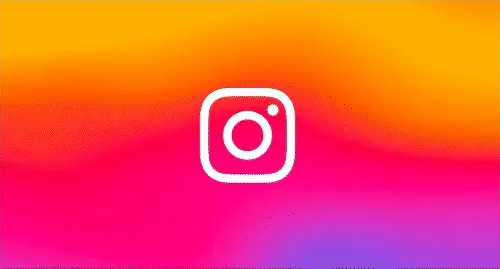
Instagram’s testing out some new options to help spice up your live-streams in the app, with some live broadcasters now able to select a game that they can play with viewers in-stream.
As you can see in these example screens, posted by Ahmed Ghanem, some creators now have the option to play either “This or That”, a question and answer prompt that you can share with your viewers, or “Trivia”, to generate more engagement within your IG live-streams.
That could be a simple way to spark more conversation and interaction, which could then lead into further engagement opportunities from your live audience.
Meta’s been exploring more ways to make live-streaming a bigger consideration for IG creators, with a view to live-streams potentially catching on with more users.
That includes the gradual expansion of its “Stars” live-stream donation program, giving more creators in more regions a means to accept donations from live-stream viewers, while back in December, Instagram also added some new options to make it easier to go live using third-party tools via desktop PCs.
Live streaming has been a major shift in China, where shopping live-streams, in particular, have led to massive opportunities for streaming platforms. They haven’t caught on in the same way in Western regions, but as TikTok and YouTube look to push live-stream adoption, there is still a chance that they will become a much bigger element in future.
Which is why IG is also trying to stay in touch, and add more ways for its creators to engage via streams. Live-stream games is another element within this, which could make this a better community-building, and potentially sales-driving option.
We’ve asked Instagram for more information on this test, and we’ll update this post if/when we hear back.
-

 SEO7 days ago
SEO7 days agoGoogle Limits News Links In California Over Proposed ‘Link Tax’ Law
-

 SEARCHENGINES6 days ago
SEARCHENGINES6 days agoGoogle Core Update Volatility, Helpful Content Update Gone, Dangerous Google Search Results & Google Ads Confusion
-
SEARCHENGINES7 days ago
Daily Search Forum Recap: April 12, 2024
-

 SEO6 days ago
SEO6 days ago10 Paid Search & PPC Planning Best Practices
-

 MARKETING6 days ago
MARKETING6 days ago2 Ways to Take Back the Power in Your Business: Part 2
-

 MARKETING4 days ago
MARKETING4 days ago5 Psychological Tactics to Write Better Emails
-
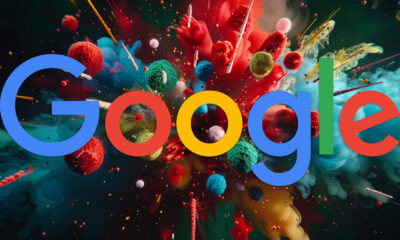
 SEARCHENGINES5 days ago
SEARCHENGINES5 days agoWeekend Google Core Ranking Volatility
-

 PPC6 days ago
PPC6 days agoCritical Display Error in Brand Safety Metrics On Twitter/X Corrected











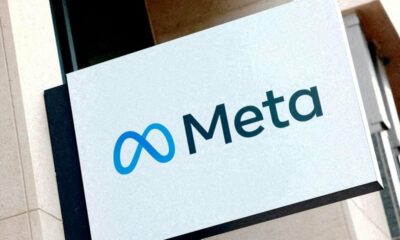



You must be logged in to post a comment Login